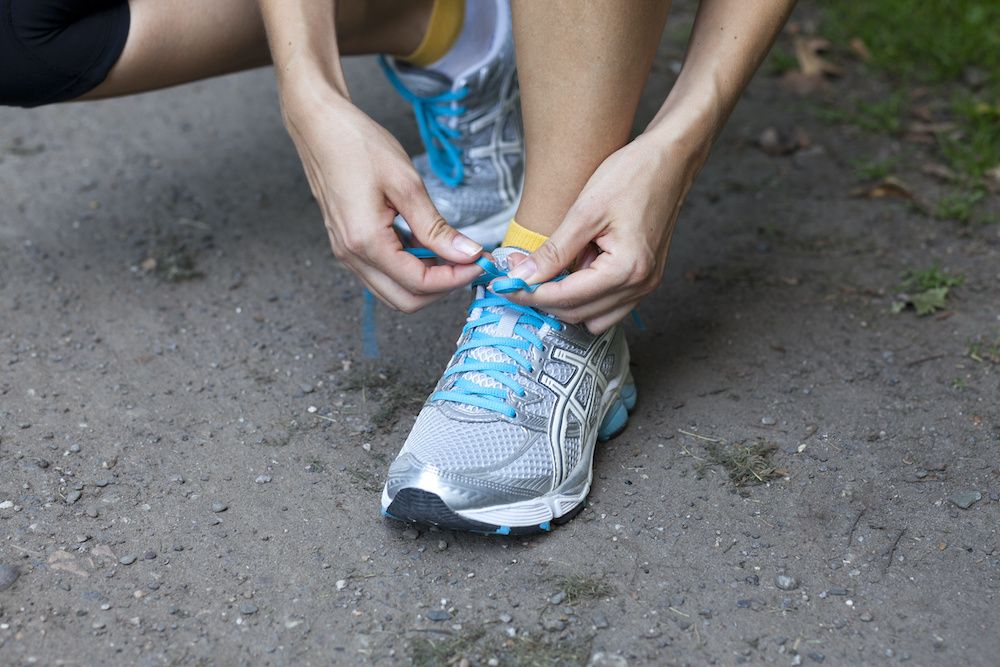Regular Exercise May Reduce Migraine Triggers
The study findings will be presented at the American Academy of Neurology’s 73rd Annual Meeting.

Getting at least 2-and-a-half hours of exercise per week may help reduce the rate of migraine triggers; however, more than two-thirds of individuals with migraine do not get enough exercise, according to the results of a new preliminary study.
The preliminary study findings will be presented at the American Academy of Neurology's 73rd Annual Meeting which will be held virtually from April 17 to 22.1
The study, which involved more than 4600 participants diagnosed with migraine, showed that those who get a minimum of 2-and-a-half hours of moderate to vigorous exercise per week had a reduced rate of migraine triggers like stress, depression, and sleep problems.
“Migraine is a disabling condition that affects millions of people in the United States, and yet regular exercise may be an effective way to reduce the frequency and intensity of some migraines,” said study author Mason Dyess, DO, senior fellow and acting instructor with the University of Washington-Seattle, in a news release.2 “Exercise releases natural pain killers called endorphins, helps people sleep better, and reduces stress. But if people with migraine are not exercising, they may not be reaping these benefits.”
Of the participants in the group who did not exercise, 5% had low headache frequency (0 to 4 headache days per month) and 48% had high headache frequency (25 or more headache days per month). Of the participants in the high exercise group, 10% had low headache frequency and 28% had high headache frequency, the study investigators reported.
“There are new therapeutics available for migraine, but they are very expensive. People with migraine should consider incorporating more exercise into their daily life because it may be a safe and low-cost way to manage and minimize some of the other problems that often accompany migraine,” Dyess said.
In addition, participants who got less than 2-and-a-half hours of moderate to vigorous exercise per week had increased rates of depression, anxiety, and sleep problems.
Forty-seven percent of individuals in the group that did not exercise reported depression compared with 25% of individuals in the group that exercised the most.
Thirty-nine percent of individuals in the no exercise group reported anxiety, compared with 28% of the individuals in the high exercise group. Sleep problems were reported by 77% of individuals in the no exercise group compared with 61% in the high exercise group.
Two-and-a-half hours a week of moderate to vigorous exercise, or 150 minutes, is the minimum amount of exercise recommended by the World Health Organization, AAN said.
The investigators reported that only 27% of the individuals in the study reported getting the highest amount of exercise. “We recommend raising awareness that exercise can have a significant impact on the headache itself, and on associated migraine comorbidities,” they wrote.
“Counseling patients with migraine on recommended exercise levels should be considered by any medical provider,” the investigators concluded.
References:
1. Dyess M, Cuneo A, Narula A. Exercised brain in pain: Quantification of exercise in migraine patients seen at a large tertiary headache center. Presented at: American Academy of Neurology 73rd Annual Meeting; April 17 to 22; online. Accessed March 8, 2021. https://aanfiles.blob.core.windows.net/aanfiles/df8c7371-5cb1-4ea5-8b2c-a6202e9b77e8/AAN%20Annual%20Meeting%20Abstract%20-%20Exercise%20and%20Migraine.pdf.
2. Do people with migraine get enough exercise? News release. American Academy of Neurology; February 23, 2021. Accessed March 8, 2021. https://www.aan.com/PressRoom/Home/PressRelease/4860